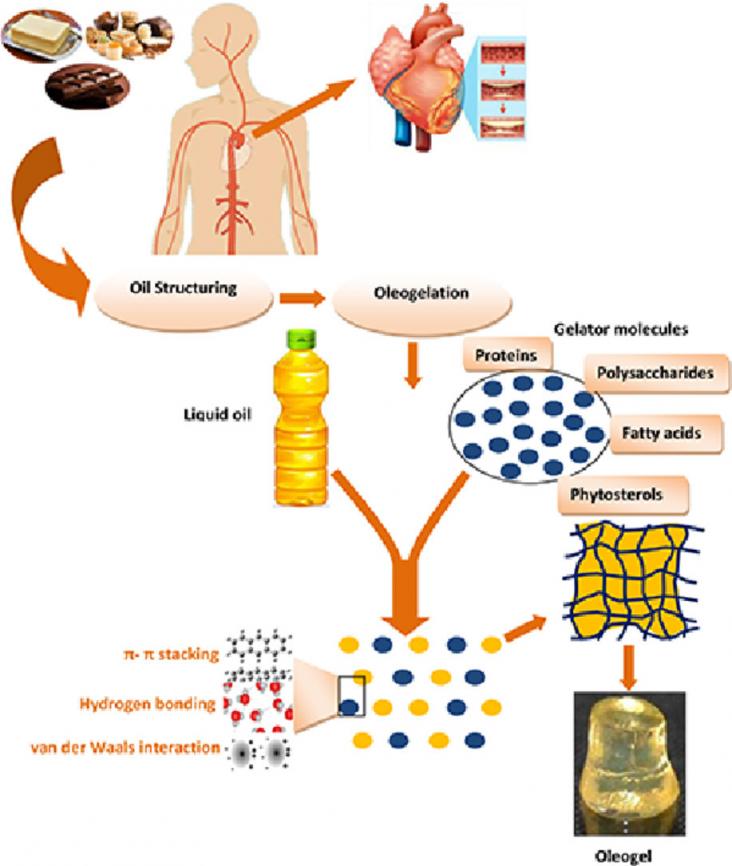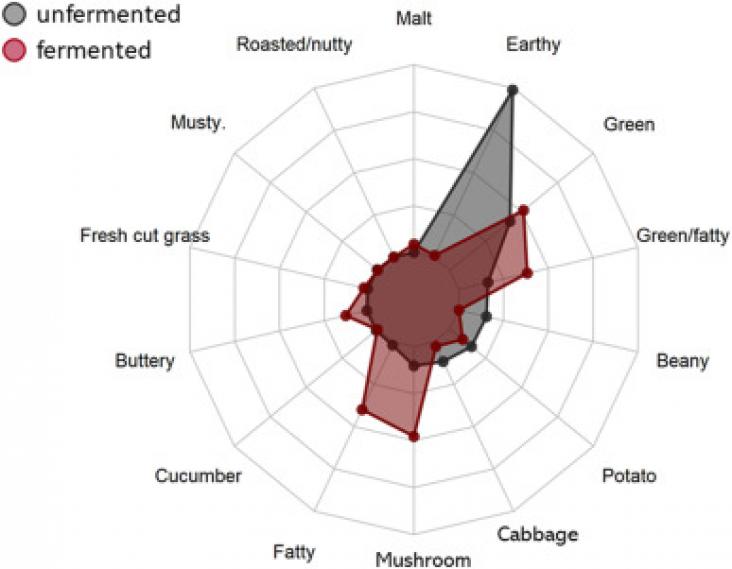Bioactive Compounds of Winery by-products: Extraction Techniques and their Potential Health Benefits
Applied Food Research, Volume 2, Issue 1, 2022, 100058
Winery by-products used for health benefits.
An Article in support of SDG 2 and 12, providing a comprehensive picture of consumption of total animal-source foods, unprocessed red meat, processed meat, seafood, egg, milk, cheese, and yoghurt consumption in 185 countries among children and adults.
Sustainable food packaging against plastic pollution & waste.
The paper presents policy responses to the pandemic that illustrate how the crisis has opened opportunities for initiating changes that can lead to a more just food system.

International Women's day is celebrated every year on 8 March and this year's theme is “Gender equality today for a sustainable tomorrow”, recognizing the contribution of women and girls around the world, who are leading the charge on climate change adaptation, mitigation, and response, to build a more sustainable future for all. Elsevier has collated a freely available special issue of book chapters and journal articles to celebrate and highlight International Women's Day.
This papers demonstrates how simple substitutions can be made in individuals’ diets to substantially reduce their carbon and water scarcity footprints without sacrificing dietary quality. Such substitutions may be easier to promote than complex dietary patterns.
This paper presents a literature review, describing the main research fields in agricultural land systems and their linkage with SDG 2, 3, and 15, namely the discrepancy in the percentage of publications by research field emphasizes the need for future studies to fulfil this gap because each domain has a vital role in providing knowledge to food security and the SDGs

COVID-19 is having a far-reaching negative impact on global economic and social development. One of the challenges arising from the pandemic is ensuring food security, especially with respect to cold chain food.


